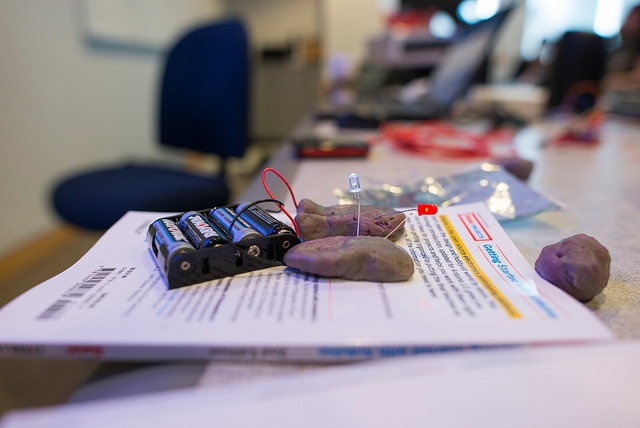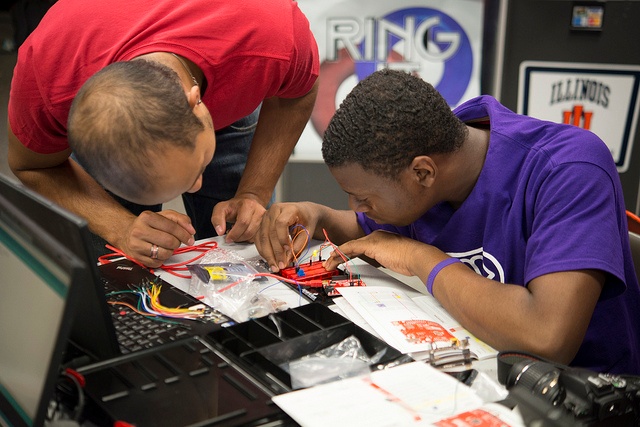We’ve heard a lot of advice over the years on how to add maker education and project-based learning to the classroom. While some of this advice has been quite good, that’s a story for another day. Today, we’re taking a look at some of the worst advice we’ve ever heard about maker education and project-based learning.
1. Learn everything before starting.

This piece of advice often comes from those who are uncomfortable not having all the answers. However, after talking with many educators who successfully use maker education in their classroom or lessons, we’ve found that those who are most successful are the ones who jump right in. They understand that it’s impossible to know every answer in advance and that there are valuable learning lessons in encouraging students to research the answer to their questions and find the solution that works for them. Don’t let a lack of expertise hold you back; jump right in and learn along with your students.
2. Provide detailed instructions for all projects.
The theory here is that when the teacher provides detailed instructions, all students will be able to achieve the end goal, and there will be little room for students to run into problems the educator can’t help them with. However, this approach steals valuable learning from students. The process of finding their own way and creating a project that resonates with them will lead to deeper understanding and higher engagement than simply following step-by-step directions to reach an end result.
3. The end result matters more than the process.
Following the above lesson, it is important that students learn just as much, if not more, from the process of creating than from the final project. Focusing on the end result takes away the ability to celebrate failure and the lessons learned that come along with it. Creating new hypotheses and trying them out along the way is where the real learning happens. If the entire focus is on the end result, many students will be too afraid of failure to try complicated or new ideas. This blog post about the process of making illustrates this point.
4. It's important to have high-tech equipment in a makerspace.

While 3D printers and CNC Machines are great tools for prototyping and creating, they are not required for successful maker education. In fact, maker education doesn’t require any fancy electronics or gadgets. Students can explore just as much with cardboard and scissors as they can with 3D printers and CNCs. Some of our favorite items to use in projects are “trash” and recyclables such as cardboard boxes and water bottles. It doesn’t have to be an all-or-nothing approach either; encourage students to create projects that use both recycled materials and electronics to see what they come up with. For inspiration, check out our JunkBots tutorial.
5. Students should work on their own projects.

Maker education isn’t like writing a book report, where students are trying to show their individual knowledge about a topic. Instead, maker education and project-based learning are about bringing an idea to life. Sometimes students have the know-how to do so on their own, but if they are actually challenging themselves, most of the time student projects will turn out better if they collaborate with one another. The process of bouncing ideas off one another and asking thought-provoking questions pushes ideas past their initial concept into something even better.
6. Making requires a dedicated space.
Some educators are afraid to start implementing maker education and project-based learning without a dedicated space. However, making can happen anywhere. Think of the homemade art projects you used to do as a kid — chances are they happened at the kitchen table or in the backyard, not in a dedicated craft space. The same idea works for maker education. It can take as much or as little room as you have available and can happen in a dedicated space or on a pop-up type basis. Student desks or even the floor work just as well for creating projects as a dedicated space.
Don’t let the fear of the unknown keep you from adding maker education or project-based learning to your instruction this year. Give it a try with a single project, see how it goes, and then keep experimenting until you find the right mix for you.
What is the worst advice you ever received about maker education?


Maker Education, makerspace, getting started, helpful information